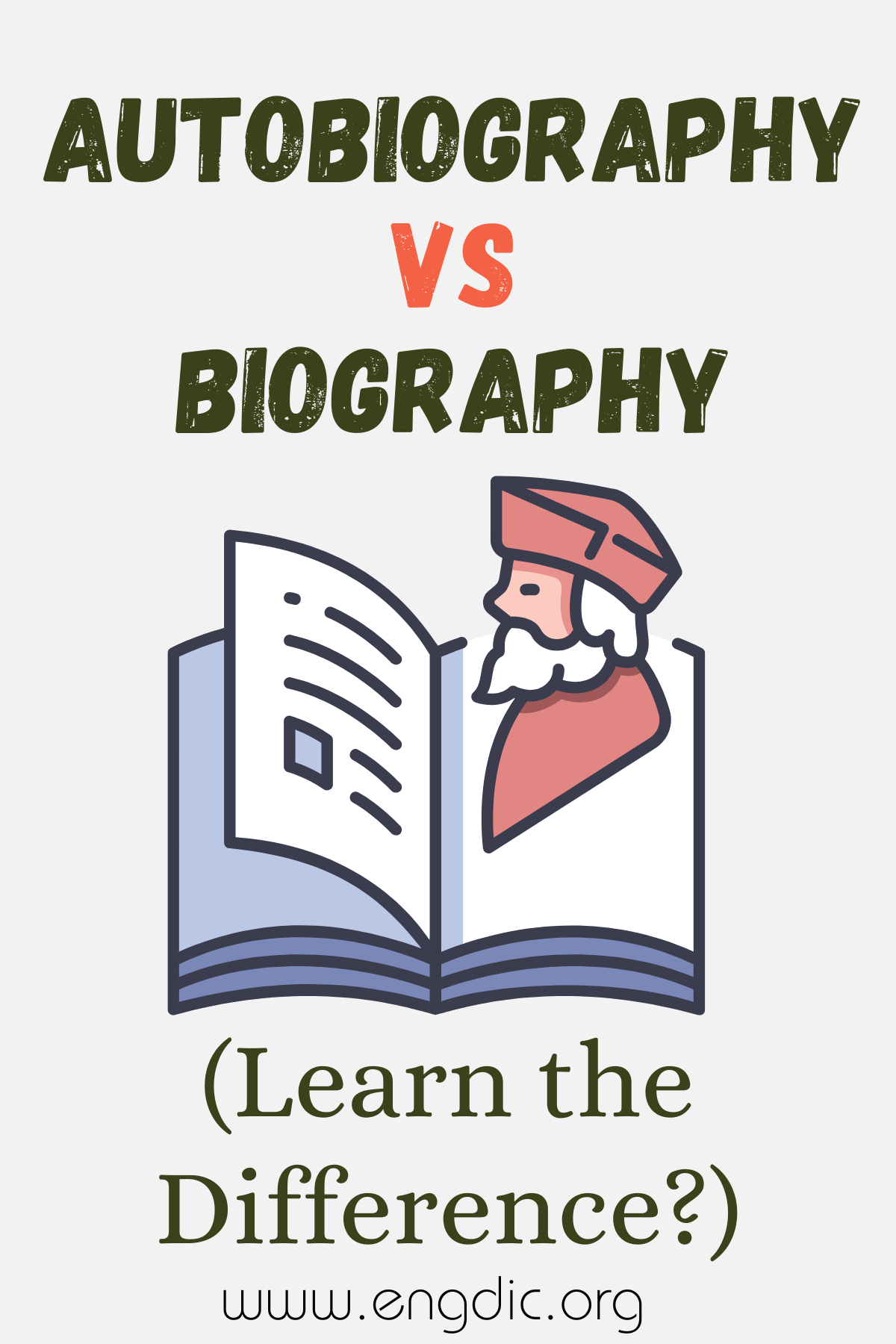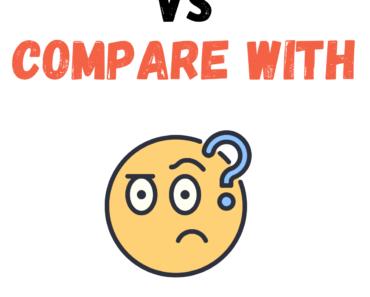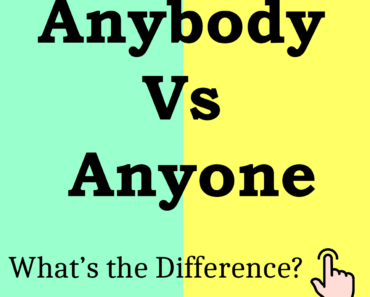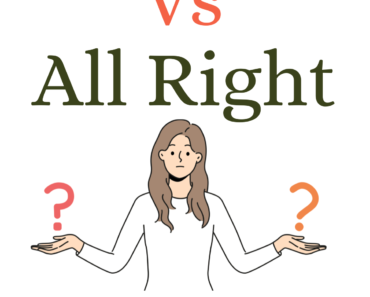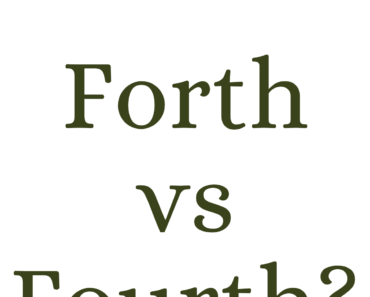An autobiography is a self-written account of a person’s life, offering a personal perspective on their experiences, thoughts, and emotions. It is written in the first person, providing an intimate view of the author’s life journey. A biography, on the other hand, is a narrative written by someone else about a person’s life. It draws on various sources, such as interviews, documents, and letters, to construct an objective, third-person portrayal of the subject.
While autobiographies delve into the author’s own insights, biographies offer a more detached perspective, often presenting a broader context of the individual’s life.
1. Autobiography: Definition and Usage
Definition: An autobiography is a written account of a person’s life authored by that individual, providing a firsthand perspective of their experiences and emotions.
Usage:
- Personal Insight: Autobiographies allow authors to share their personal journey, detailing thoughts and emotions that provide a deeper understanding of their decisions.
Example: In her autobiography, the author reflects on the challenges she faced in her early career. - Chronological Narration: They typically follow a chronological order, recounting significant life events from the author’s perspective.
Example: His autobiography begins with childhood memories, gradually moving to his achievements in the corporate world. - Subjective Storytelling: The narrative reflects the author’s subjective view of events, offering insights into how they perceive their own life journey.
Example: The autobiography reveals the author’s struggles and triumphs as they recount their personal and professional milestones.
2. Biography: Definition and Usage
Definition: A biography is a detailed account of a person’s life, written by someone other than the subject, based on research and various sources.
Usage:
- Objective Perspective: Biographies provide a more objective portrayal of the subject, often incorporating insights from multiple sources.
Example: The biography presents a comprehensive view of the artist’s life, drawing from interviews and archival documents. - Historical Context: They often place the subject’s life within a broader historical context, highlighting their impact on society or culture.
Example: This biography explores the political climate during the scientist’s era and how it influenced their work. - Third-Person Narration: Biographies are written in the third person, providing a detached and factual narrative of the subject’s life.
Example: The biography details the entrepreneur’s journey, from humble beginnings to international success.
